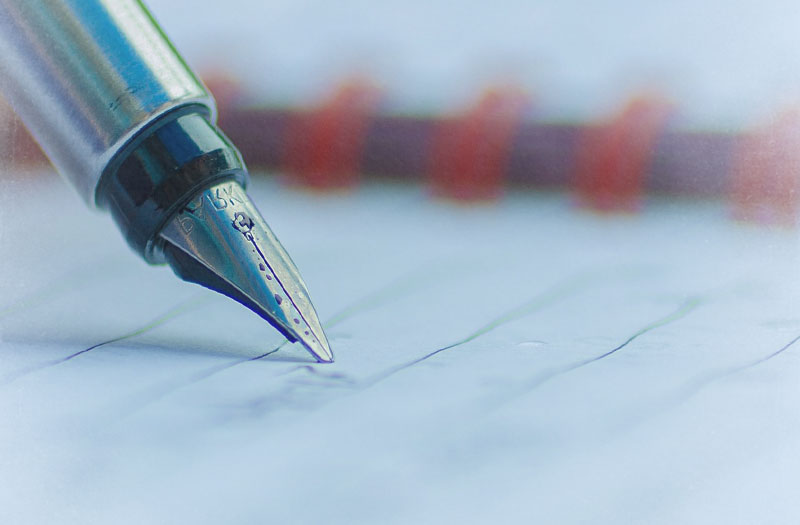 Once upon a time there was a word and the word was “your”. Or maybe it was “you’re”. And each of these words had the same sound but neither carried the same meaning, and thus were the people confused. And the writers of English did wail and gnash their teeth, and their teachers did sigh and some rolled their eyes, and the proofreaders hastened to fix every glitch, and the editor took a deep breath and said, “It’s ok. I can explain.”
Once upon a time there was a word and the word was “your”. Or maybe it was “you’re”. And each of these words had the same sound but neither carried the same meaning, and thus were the people confused. And the writers of English did wail and gnash their teeth, and their teachers did sigh and some rolled their eyes, and the proofreaders hastened to fix every glitch, and the editor took a deep breath and said, “It’s ok. I can explain.”
So here goes…
The words “your” and “you’re” are homophones. This has nothing to do with their sexual preferences or mode of communication and everything to do with the fact they sound alike when spoken. The “homo” part of “homophone” means “same”, while the “phone” bit refers to sound.
Homophones such as “your/you’re”, “whose/who’s”, “to/too/two” and the infamous “their/there/they’re” are often confused or misused when written, which can be annoying. Fortunately, it is also avoidable. We do want our story to have a happy ending, after all.
The simplest way to choose the appropriate version of such words is to learn the distinctions between each and then pause before using them to consider which spelling is correct for the meaning you intend. Likewise, when looking over your own or someone else’s work, take particular note of these terms and check make sure they are right. If necessary, consult a dictionary, grammar checker or cheat sheet until you feel confident about which (but not “witch”) word to use.
For our currently unfolding fable, the difference is easy to pick.
It marks the place where something has been left out, which in this case is the letter “a” from the word “are”. If you can substitute “you are” for “you’re” without unraveling the sense of your sentence, then you’ve chosen accurately. If not… Well, you’ll probably want to address that.
The word “your” is the possessive adjective that relates to the pronoun “you”. It signifies ownership, as in “your thoughts”, “your words”, “your magnificent wishes”, and so on. You’ll usually find it hanging around in front of a noun (a person, object or concept).
To test if this is the homophone you really want, try switching “your” for another possessive adjective, such as “my”, “her” or “his”, just to see if your phrase is still meaningful. At this point your syntax is likely to wrinkle, but you will have a sense of whether (not “weather” or “wether”) you’re on the right track.
All clear?
But wait! There is a twist in this tale. It comes in the form of two additional homophones for “your” and “you’re”, although these characters appear more rarely. The word “yore” refers to a time long past, while “yaw” (as a verb) means to waver or deviate from a set course, or (as a noun) describes the action of such deviation.
Perhaps the lesson in the story is this: provided you know your “your” from your “you’re”, you’re less likely to yaw. If you know what I mean.
Maybe it’s just better to say that homophones can be confusing if used without care. Give them a little consideration, however, and we can all live grammatically ever after.
The end.
Do you get confounded by homophones? Is there a technique you use to choose wisely? Are there other areas of grammar that would you like to understand better? Feel free to continue the narrative…


 It is a reminder I gave to the research students who I advised at university. It’s an assurance I give to the writers I work with today. And it’s something I
It is a reminder I gave to the research students who I advised at university. It’s an assurance I give to the writers I work with today. And it’s something I  The first thing you need to know is that copyediting and proofreading are not the same thing. While both focus on making your document as clear, consistent and free of errors as is humanly possible, they do so in different ways.
The first thing you need to know is that copyediting and proofreading are not the same thing. While both focus on making your document as clear, consistent and free of errors as is humanly possible, they do so in different ways.